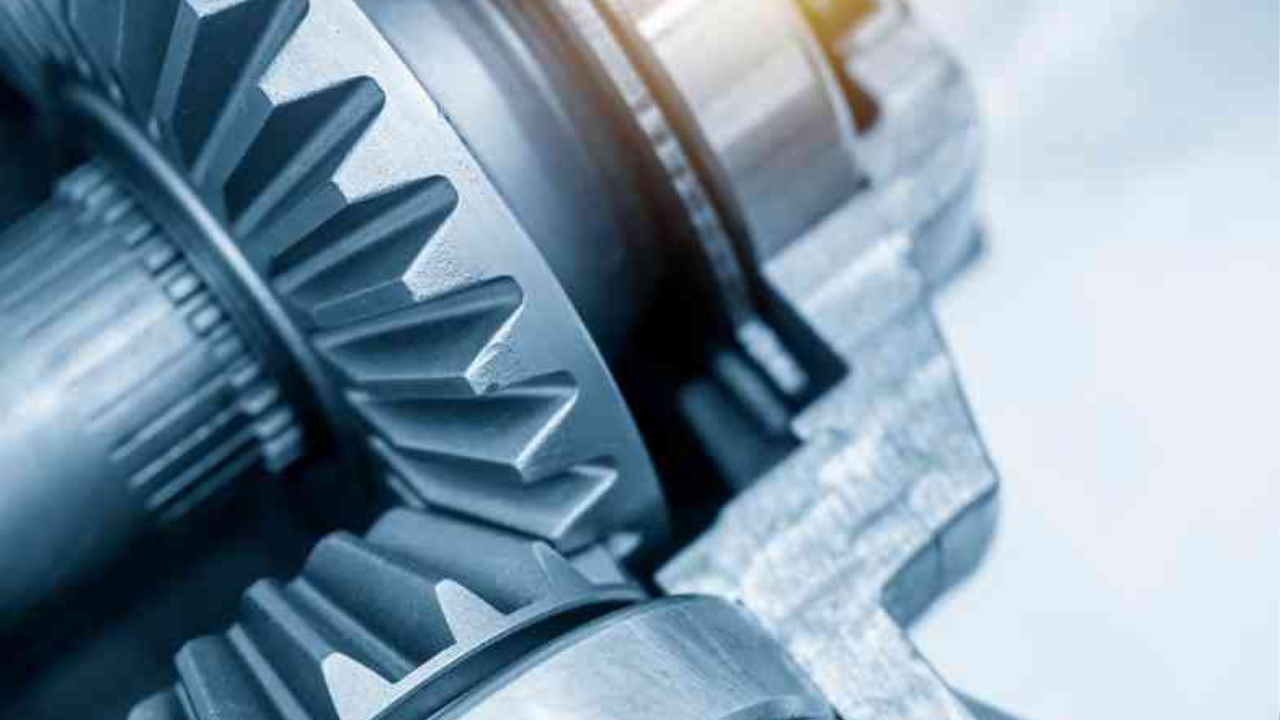Forging die manufacturing is a critical process in the field of metalworking, playing a pivotal role in the production of high-quality forged components. Dies are specialized tools used to shape and form metal through the application of extreme pressure and heat. They are meticulously designed and manufactured to meet specific requirements and produce precise and complex shapes.
In the world of forging, die manufacturing is an intricate and highly skilled process that requires expertise, precision, and attention to detail. From automotive and aerospace to oil, gas, and construction industries, forging die manufacturing plays a crucial role in delivering forge auto parts that meet stringent quality standards and withstand demanding applications.
What is Forging Die Manufacturing?
Forging die manufacturing is the process of designing, constructing, and utilizing specialized tools known as dies to shape and transform metal into desired forged components. A forging die is a precision-engineered tool made from high-strength materials such as steel, which is used to apply force and pressure to the metal work piece to deform it into the desired shape.
The process begins with the design of the forging die, which involves meticulous planning and consideration of factors such as the desired component shape, material properties, and production requirements. Once the design is finalized, the die is manufactured using advanced techniques such as machining, heat treatment, and surface finishing to ensure its durability, accuracy, and longevity.
Things to Know About Forging Die Manufacturing
Classification of Forging Dies
Forging dies can be classified based on various factors, such as the forging method, die configuration, and application. Open-Die Forging dies are used in open-die forging, where the work piece is hammered between flat or contoured dies without enclosing the metal completely.
Closed-die forging involves enclosing the work piece within a set of dies, allowing for more precise shaping and higher production volumes. Impression-die forging, also known as precision forging or closed-die forging, involves the use of complex dies with impressions that shape the work piece into the desired form.
These dies are designed to accurately replicate the intricate details and features of the final component. Upset forging is a process where the length of the work piece is reduced while increasing its cross-sectional area. Upset-forging dies are designed to compress the material and create a larger diameter or thicker section.
Forging Process Design
Forging process design involves determining the optimal parameters and steps for forging a specific component. It includes considerations such as material selection, heating methods, deformation techniques, and post-forging operations. The process design aims to achieve the desired shape, mechanical properties, and dimensional accuracy of the forged component.
Forging Die Processing
Forging die processing involves the manufacturing and preparation of forging dies. This includes various steps such as die design, material selection, machining, heat treatment, and surface finishing. The die processing stage is crucial to ensure the durability, precision, and performance of the dies during the forging process.
Selection of Mold Material
The selection of mould material for forging dies is essential to withstand the high temperatures, pressures, and mechanical stresses involved in the forging process. Common materials used for forging dies include tool steels, such as H13, D2, and P20, which exhibit excellent strength, toughness, and wear resistance. The choice of mould material depends on factors such as the type of forging process, the material being forged, and the desired quality of the forged component.
Ending Lines
In conclusion, forging die manufacturing is a complex and vital process that forms the backbone of the metalworking industry. It involves the precise design, construction, and utilization of specialized tools to shape and transform metal into high-quality forged components.


